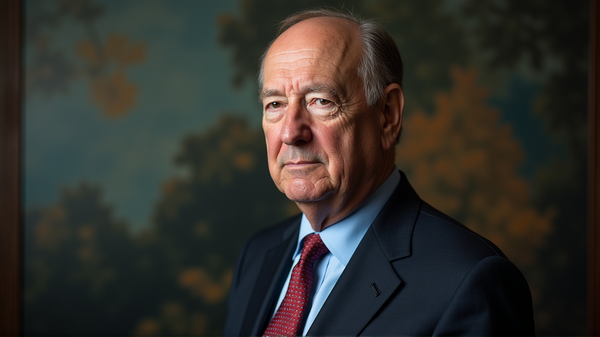June's Surprising Respite: Economic Anxiety and Tariff Tensions Cool
In what comes as a welcome breath of fresh air, consumer anxiety over President Donald Trump’s aggressive tariff policies found some relief in June. According to a survey by the University of Michigan, the Index of Consumer Sentiment climbed for the first time in half a year, translating into a significant 16% rise from May—though this remains notably below pre-pandemic levels.
A Glimmer Amid the Gloom
The modest uptick in consumer sentiment indicates a pivotal shift driven by hopes for new trade negotiations that might alleviate the pressing tariffs imposed by Trump’s administration. Consumers, who have had their confidence battered in recent months, are cautiously optimistic even as they remain wary of potential price hikes at supermarkets and gas stations. “It’s a relief to see some light at the end of the tunnel,” noted Heather Long, the chief economist at Navy Federal Credit Union.
The Echo in Professional Predictions
This sentiment shift isn’t just a consumer phenomenon. Professional economic forecasters have also scaled back earlier grim projections regarding the tariffs’ toll on the economy. According to economists at Oxford Economics, while they have adjusted the recession probability to 35%—above the 15% baseline—it signals a tempered outlook compared to previous alarms. As stated in Investopedia, this recalibration offers a cautiously optimistic forecast amid ongoing tariff tweaks.
Persistent Shadows of Worry
However, the collective sigh of relief is tempered by enduring uncertainties. The report revealed a stark reality: a historically high percentage of Americans, 44% to be exact, predict they’ll be worse off financially in the coming year, compared to the 32% who are hopeful for better financial standing.
Inflation’s Mild Temperament
Despite these forecasts, the official inflation measures have remained relatively tranquil, surprising many economists. Nevertheless, forecasters brace for possible ripples in unemployment and inflation rates later in the year as businesses may inevitably pass tariff burdens onto consumers.
A Future of Cautious Hope
While the path ahead remains sprinkled with unpredictability, the easing of tariff-induced anxiety offers a beacon of hope. It underscores how critical sentiment is in influencing consumer behaviors and, by extension, the broader economic trajectory—particularly in an economy where consumer spending constitutes a whopping 68% of the GDP.
In a nutshell, even as we embrace this June’s reassurance, both consumers and economists continue to vigilantly navigate this landscape of cautious optimism. The alignment of current sentiment with trade engagements marks a pivotal moment, suggesting a potential overshadowing of past tariff fears with forthcoming economic maneuvers.




